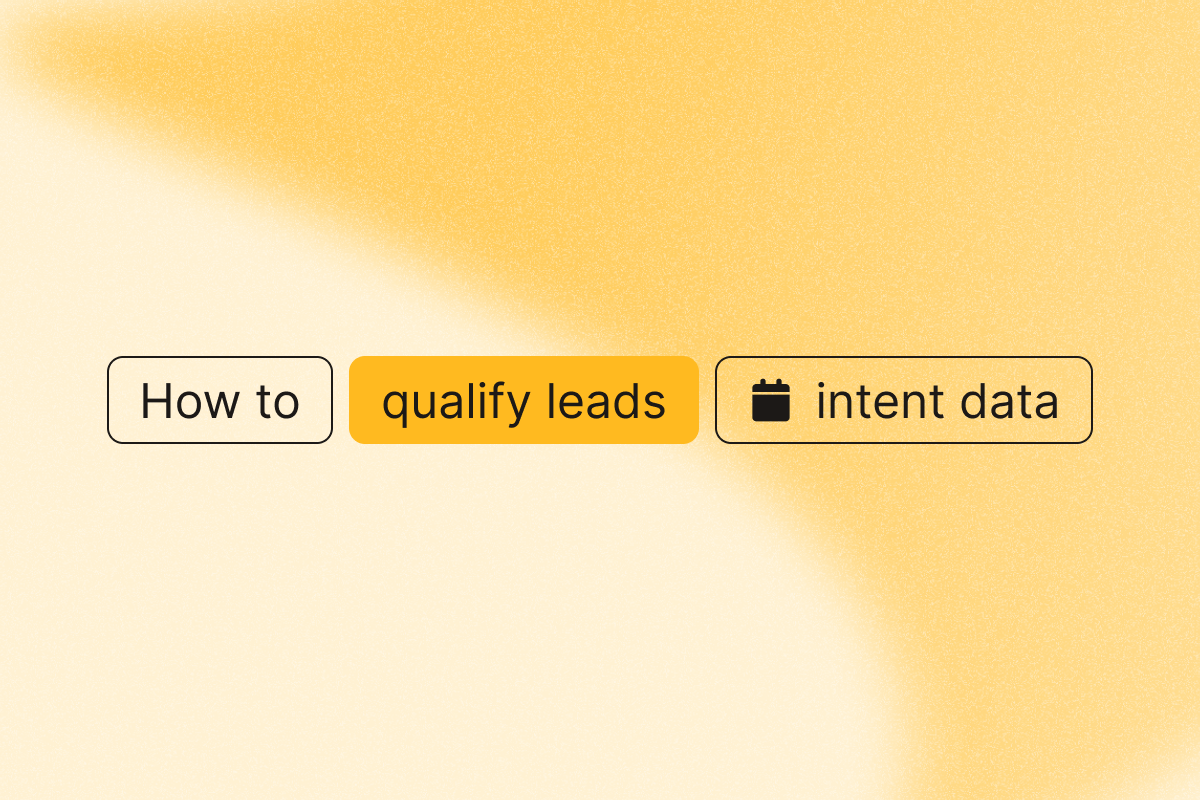Looking to focus on leads that are more likely to convert? Intent data is the key to identifying prospects actively looking for solutions like yours.
Instead of blindly reaching out to cold leads, you can focus your efforts on those already showing buying signals.
This guide explores how to use intent data to identify sales-qualified leads and build a more efficient lead enrichment pipeline.
AI highlights
- Intent data reveals who’s actively interested in your product or service by tracking their online behaviors, such as searches, content interactions, or tech usage.
- Intent data transforms your sales strategy by helping you identify potential leads, prioritize them based on conversion likelihood, tailor your outreach to their specific interests, and ultimately speed up the sales process while improving conversion rates.
- Here’s a quick breakdown of how to turn intent data into actionable insights using the right tools:
| Action | Definition | Pro Tip | Best Tool |
| Collect relevant intent signals from multiple sources | Gathering behavioral data that shows a prospect’s interest in your solution. | Target LinkedIn events—attendees, who convert 3-5x better than cold leads. | LinkedIn Event Guests Export |
| Enrich intent data with key firmographic insights | Adding company details to confirm prospects fit your ICP. | Use AI tools to enrich and score leads by intent and firmographic fit. | LinkedIn Profile Scraper, AiSDR |
| Incorporate website behavior and historical sales data | Reviewing digital footprints and past sales patterns to find hot prospects. | Focus on those visiting pricing pages or requesting demos—they’re the closest to making a purchase. | Lead Forensics |
| Automate lead qualification and scoring based on intent data | Assigning scores to behaviors and attributes to rank prospects. | Customize scoring to match your ICP and boost scores for decision-makers engaging with key content. | AI LinkedIn Profile Enricher |
| Personalize sales outreach using intent-driven insights | Creating tailored messages based on prospect activity. | Reference recent events or content they engaged with to make your outreach relevant. | AI LinkedIn Message Writer |
| Track intent signal on autopilot to identify new opportunities | Monitoring prospect behavior for new opportunities. | Reach out within 90 days of job changes—new roles often trigger new buying decisions. | HubSpot Contact Career Tracker |
| Integrate intent data with your CRM system | Integrating intent signals with your CRM for better tracking. | Set up workflows to alert sales reps when high-priority intent signals are detected. | HubSpot Contact Data Refresher |
Collect relevant intent signals from multiple sources
Intent data is digital body language—the online equivalent of someone leaning forward during your presentation. These signals might come from website visits, content engagement, social media activity, and event participation.
LinkedIn events are particularly valuable. When someone registers for an industry event, they raise their hand and say, “I’m interested in this topic.” These hot leads convert at 3-5x the rate of cold prospects.
PhantomBuster’s LinkedIn Event Guests Export automation makes this easy. It extracts attendee data automatically, giving you names, job titles, and profile URLs with which to work.
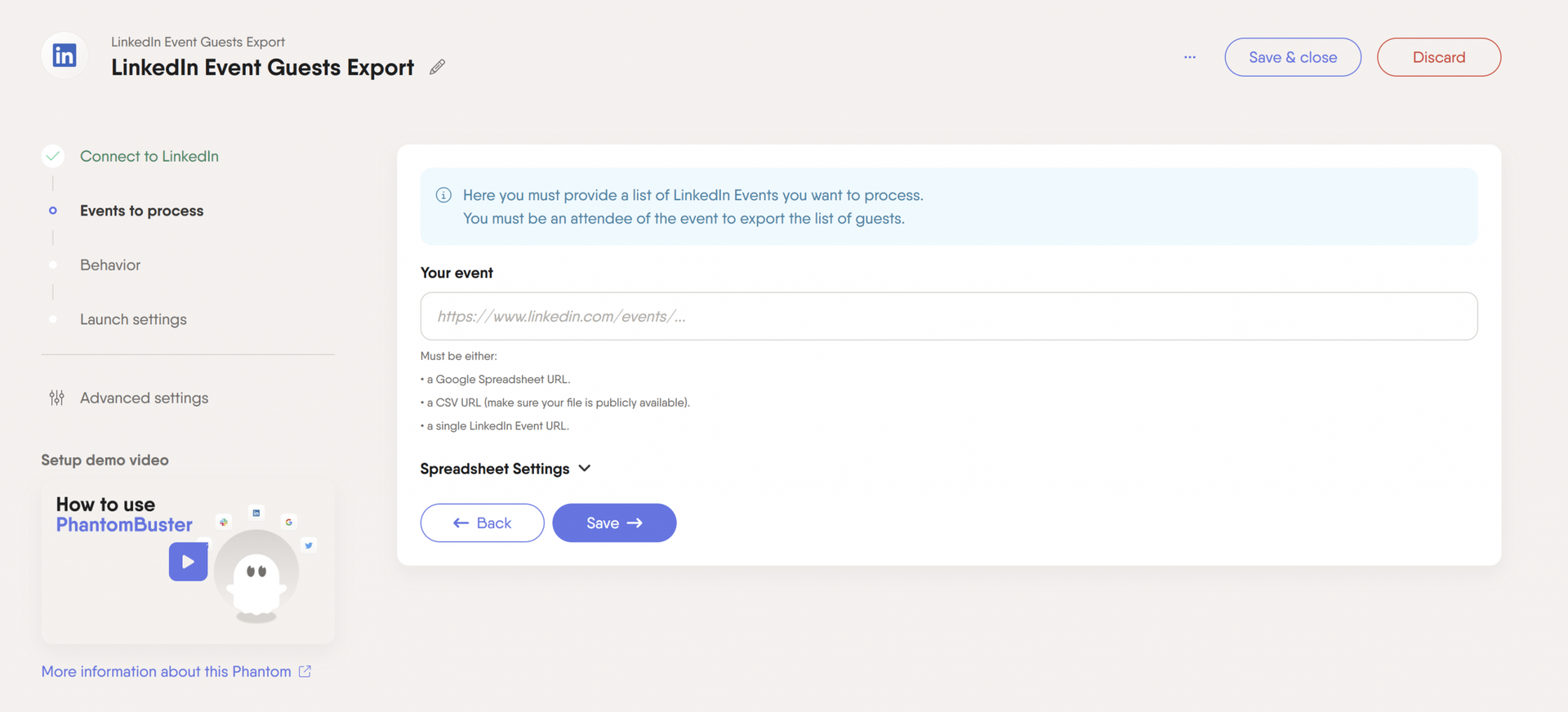
💡 Pro tip: Don’t just target your own events. Look at industry conferences and competitor webinars your ideal customers might attend.
Enrich intent data with key firmographic insights
Intent data tells you what companies are researching, while firmographics tell you who they are. You need both to get the full picture.
A prospect might be showing all the right intent signals, but if they’re from a company that’s too small for your solution or in an industry you don’t serve, they’re not a good fit. Combining intent with firmographics helps you focus on prospects who are both interested and qualified.
PhantomBuster’s LinkedIn Profile Scraper helps you do just that. It gathers over 47 data points from LinkedIn profiles, including job titles, company details, industry, skills, and contact information (if available).
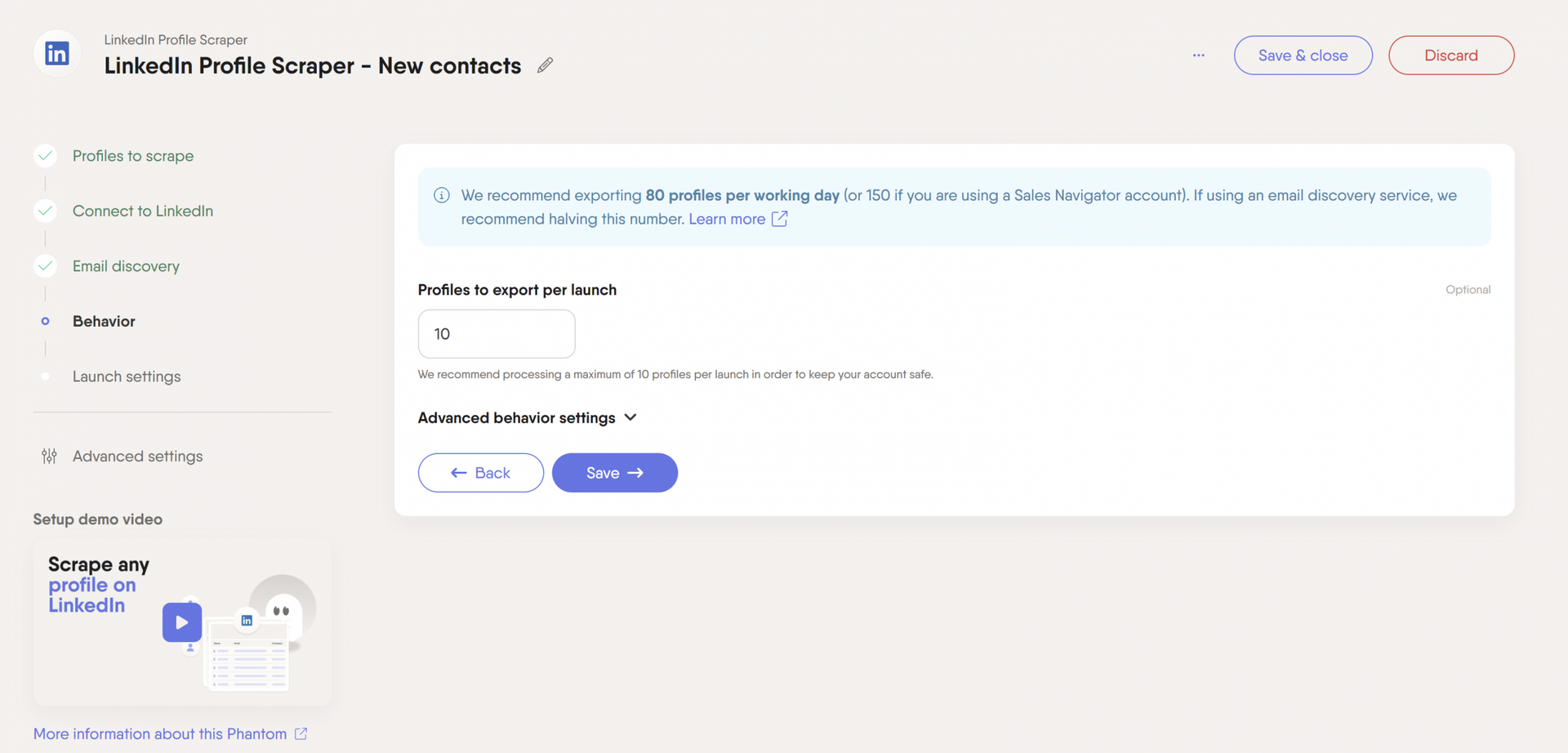
You can also use AI sales assistant tools like AiSDR to analyze this enriched data and automatically qualify and prioritize your leads.
This also helps you separate Marketing Qualified Leads (MQLs) from truly sales-ready prospects so your team only spends time on the best leads.
Incorporate website behavior and historical sales data
Your website tells you exactly who’s interested in your solution. Prospects who visit pricing pages, request demos, or download resources are sending clear buying signals.
We recommend using tools like Lead Forensics to identify companies visiting your website, transforming anonymous visits into actionable leads.
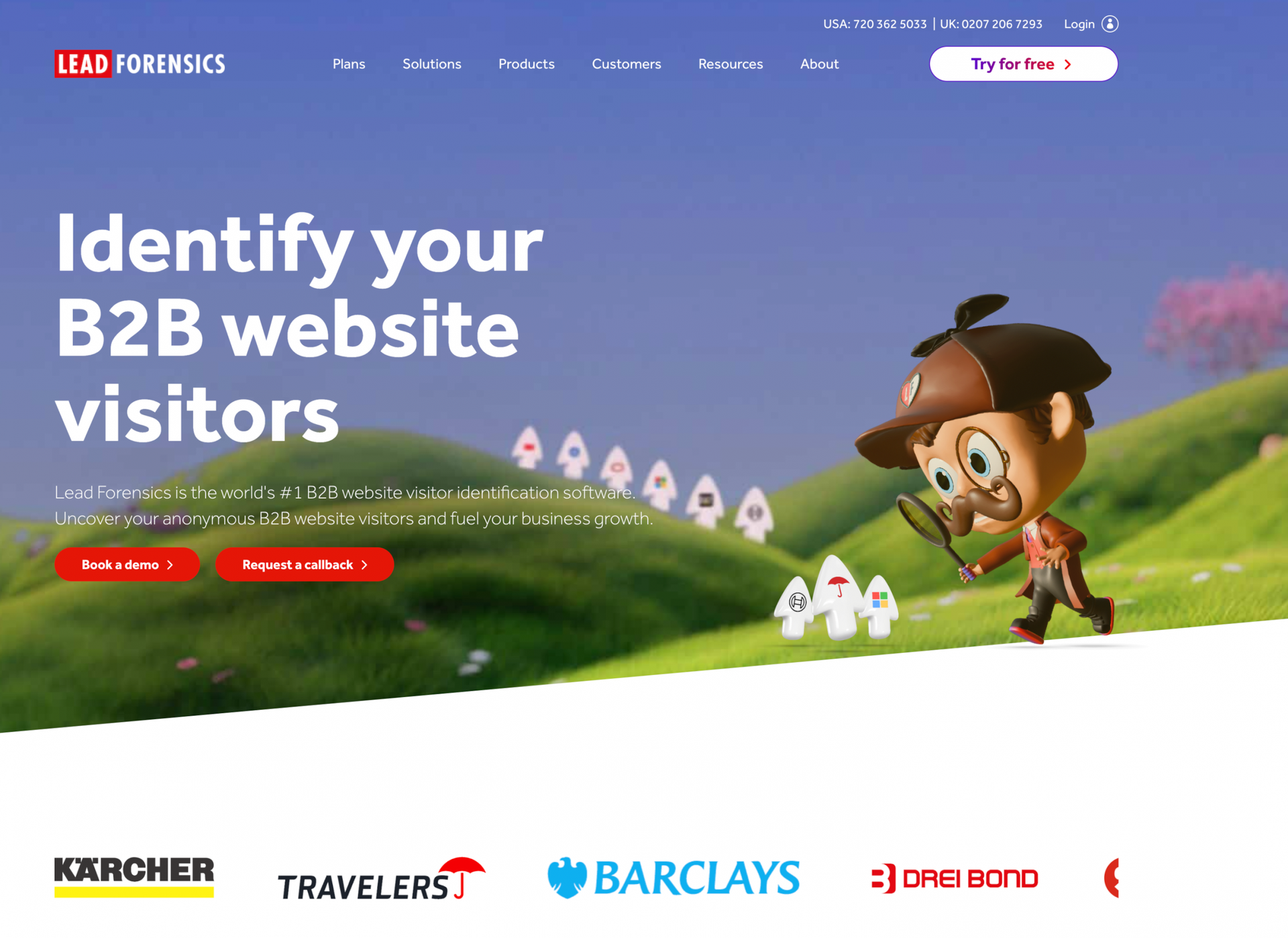
Then, look at your historical sales data to find patterns in your successful deals. What content did those customers engage with before buying? How many touchpoints did they have? What was their typical buying timeline?
Understanding the stages and structure of your B2B sales pipeline can help you identify these patterns and typical timelines.
Connecting these dots allows you to spot prospects following similar paths and prioritize them accordingly.
💡 Pro tip: Set up real-time alerts whenever high-value companies visit your site. That way, your SDR sales team can follow up at the right moment.
Automate lead qualification and scoring based on intent data
Manual lead qualification is time-consuming and inconsistent. Automating this process using intent data lets your sales team quickly identify high-value prospects.
When incorporating intent data into your lead scoring model, consider three key factors—company fit, job role relevance, and engagement level.
PhantomBuster’s AI LinkedIn Profile Enricher analyzes LinkedIn profiles and assigns a lead score based on key data points like job title, seniority, and engagement history.
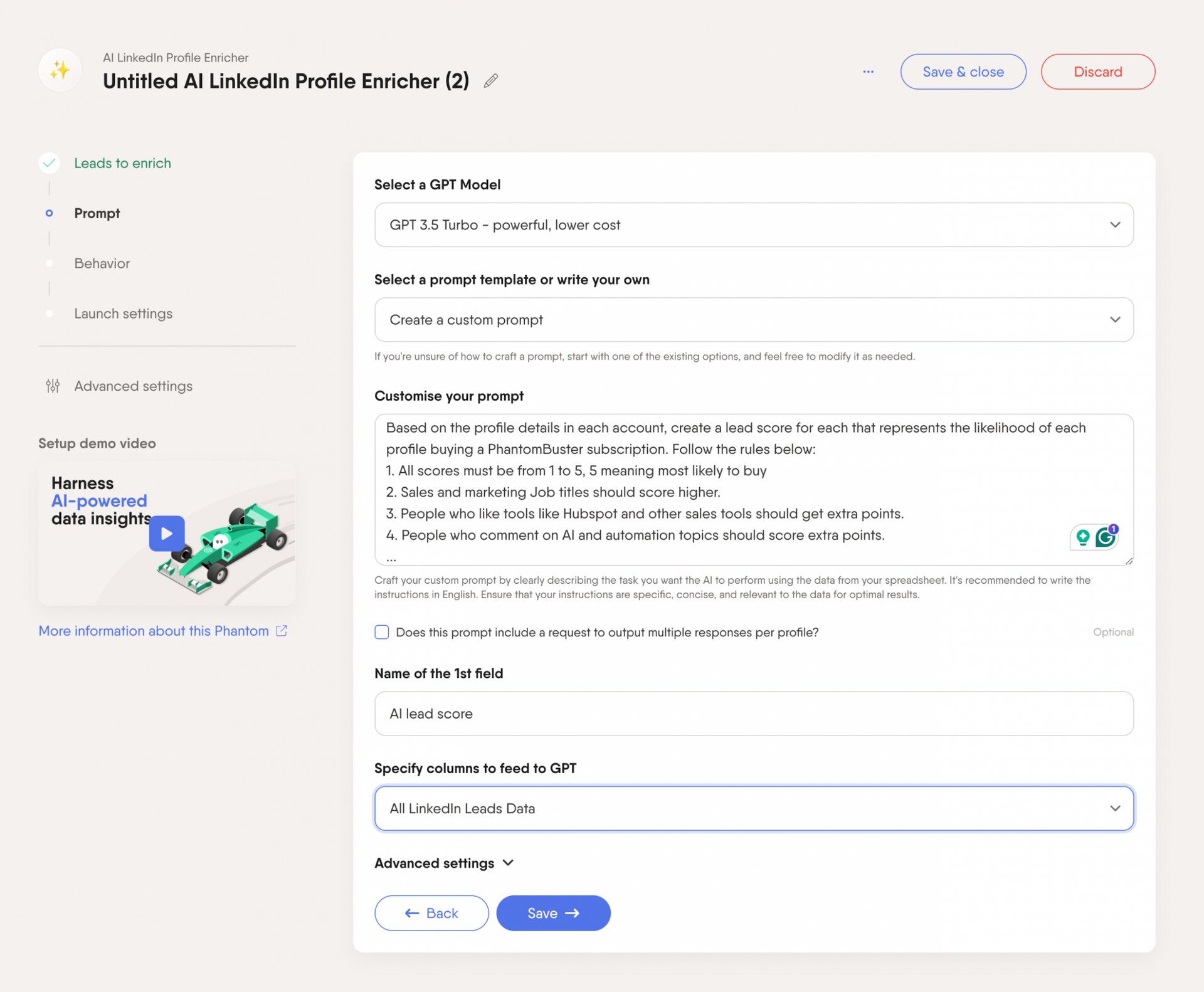
💡 Pro tip: Customize your scoring criteria to match your ICP. Assign higher scores to decision-makers and those who have engaged with relevant LinkedIn posts.
Personalize sales outreach using intent-driven insights
Generic outreach messages rarely generate responses. Intent data reveals prospects’ research topics, problems they’re trying to solve, and where they are in your B2B sales funnel.
From there, you can craft personalized messages that resonate with their needs and pain points.
With PhantomBuster’s AI LinkedIn Message Writer, marketing and sales teams can create personalized connection messages based on the prospect’s profile data, pain points, and intent signals.
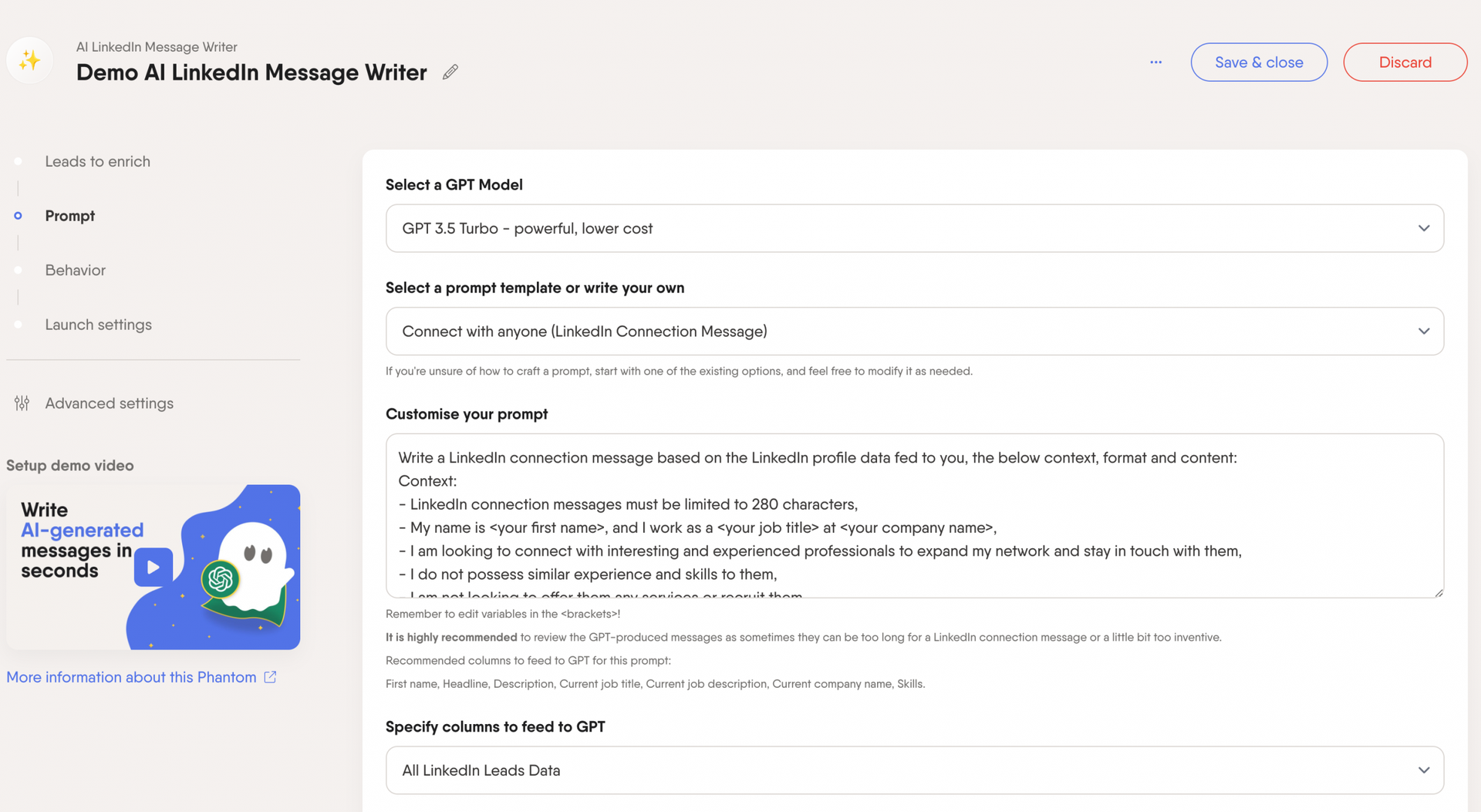
For example, if a prospect attended a webinar on “improving sales productivity,” your message could reference this:
I noticed you attended the ‘Maximizing Sales Productivity’ webinar last week.
Many attendees were interested in how automation can help their teams save 5+ hours per week on prospecting activities.
If you want to implement some of these strategies in your team, I’d love to discuss how we can help you achieve that. When would be a good time for us to connect?
Track intent signal on autopilot to identify new opportunities
Intent signals are constantly changing as prospects move through their buying journey.
One particularly valuable signal is job changes. Contacts moving to new companies or roles often initiate buying cycles, representing valuable sales opportunities.
Try PhantomBuster’s HubSpot Contact Career Tracker to automatically monitor your HubSpot contacts and alert you when they change companies.
![]()
By tracking these career changes on autopilot, you can reach out at the perfect moment—when your contacts establish themselves in their new role and seek solutions.
💡 Tip: Create a career change workflow in your CRM that automatically flags contacts who’ve moved to new roles. Then, set up a 30-60-90 day outbound prospecting sequence specifically for these contacts.
Integrate intent data with your CRM system
Intent data must be integrated with your CRM system to be truly actionable. This integration creates a single source of truth for your sales and marketing teams.
When intent data lives in your CRM, sales reps can see a prospect’s engagement history, receive alerts when high-value prospects show new intent signals and filter leads based on intent scores.
You can try PhantomBuster’s HubSpot Contact Data Refresher to update outdated contacts in HubSpot automatically.
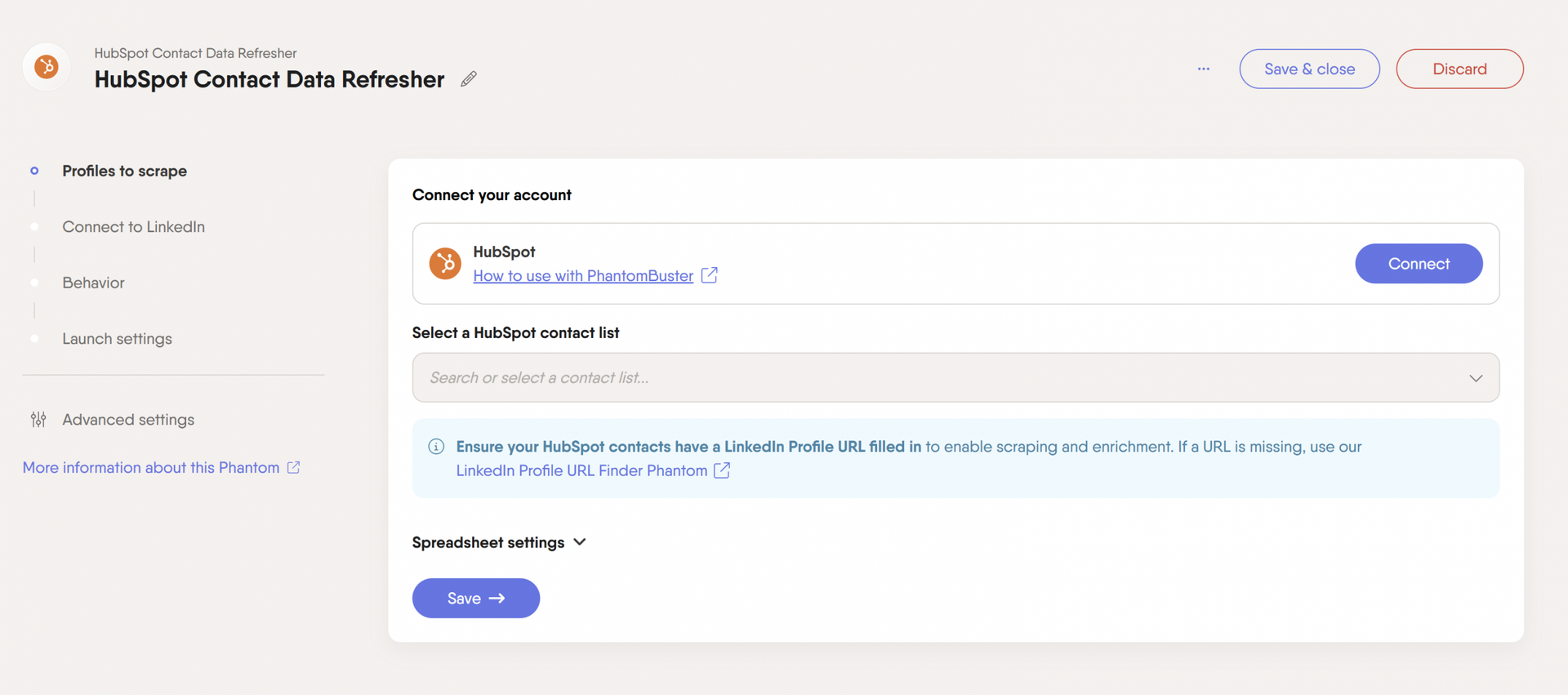
💡 Pro tip: Create custom fields in your CRM specifically for tracking intent signals. Include fields for intent score, last intent action, intent source, and intent date. This structured approach makes building prospect lists, reports, automation rules, and sales sequences based on intent data easy.
How to use intent data to identify sales-qualified leads FAQ
What is intent data?
Intent data is the information that reveals a prospect’s likelihood to purchase based on their online behavior and interactions.
This shows who’s actively interested in your product or service according to actions like searches, content engagement, or specific tech usage.
Why is leveraging intent data important for your sales strategy?
Intent data transforms your sales approach in several key ways:
- Identifies prospects actively researching solutions like yours.
- Helps prioritize leads most likely to convert using lead qualification.
- Enables personalized outreach based on specific interests.
- Shortens sales cycles and improves sales velocity by targeting buyers at the right moment.
- Improves conversion rates with more relevant conversations.
- Reduces time wasted on unqualified prospects.
- Provides competitive lead intelligence on which companies are researching alternatives.
First-party intent data vs. Third-party intent data
First-party data comes from your own digital properties, while third-party data comes from external sources like social networks. The most effective approach combines both.
Where to get buyer intent data?
You can gather intent data from website analytics, CRM systems, marketing automation platforms, social media, events, and third-party providers.
We recommend trying PhantomBuster’s 100+ automations to easily collect and enrich intent data from various sources without the heavy lifting.
📌 Curious to see how it works? Try PhantomBuster free for 14 days.
